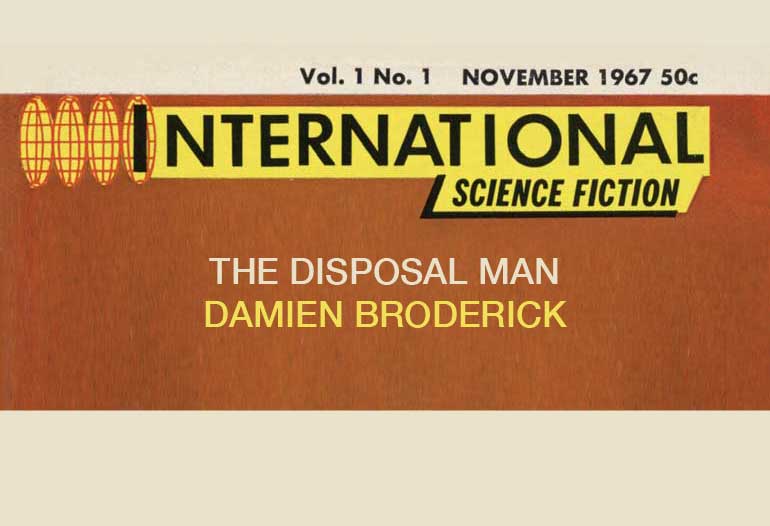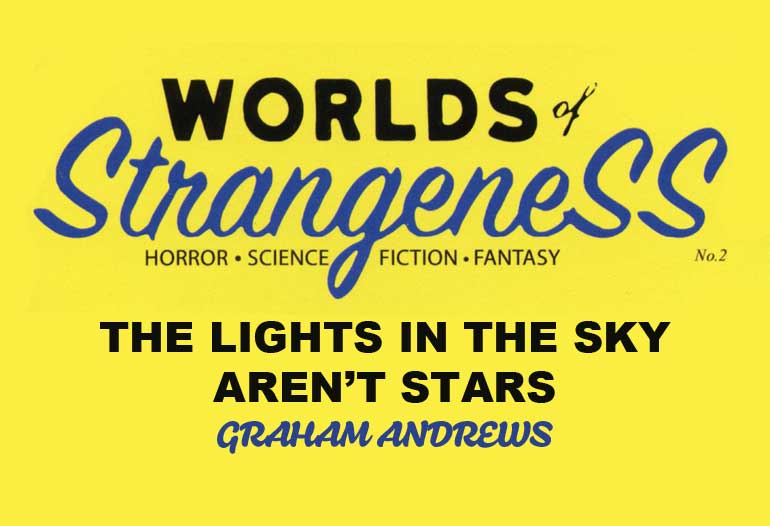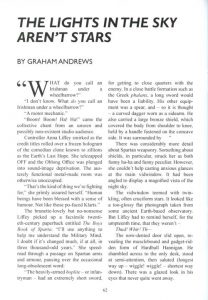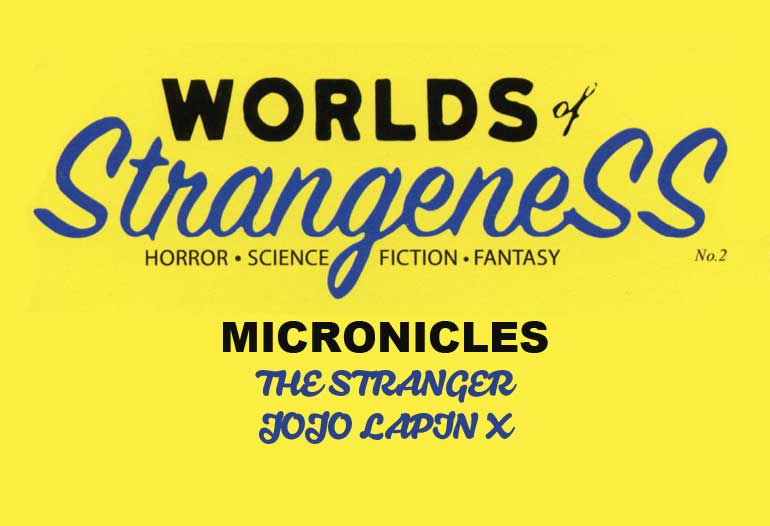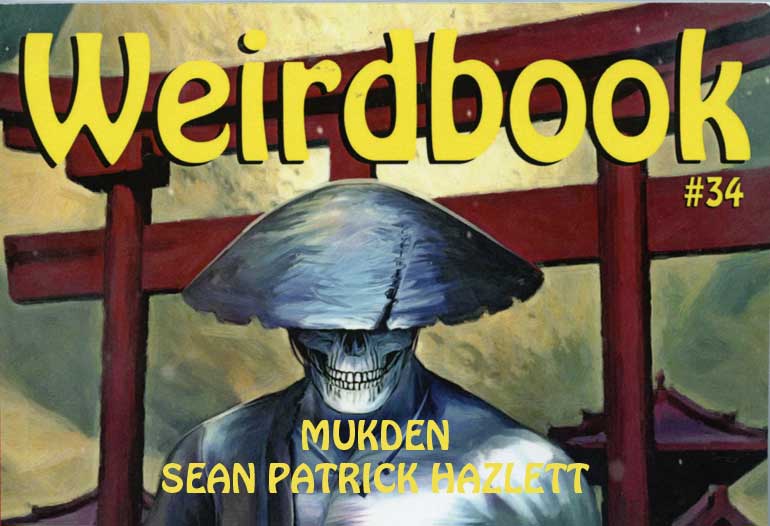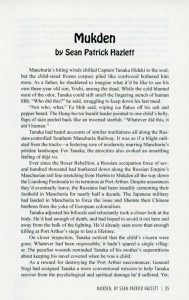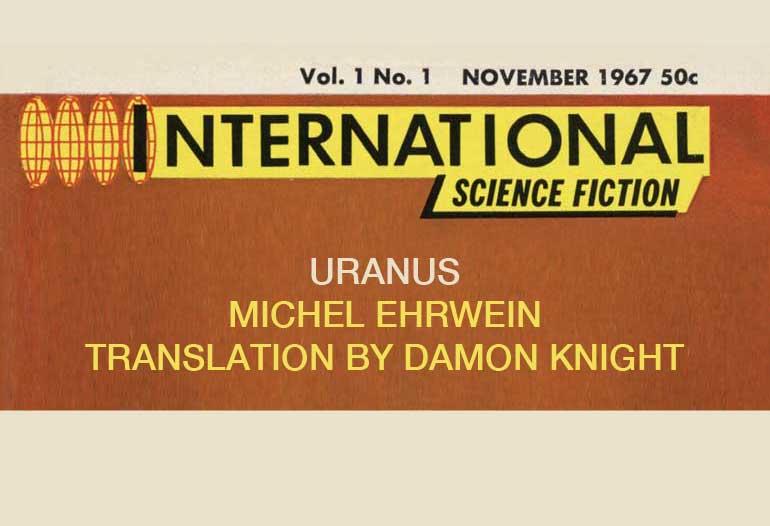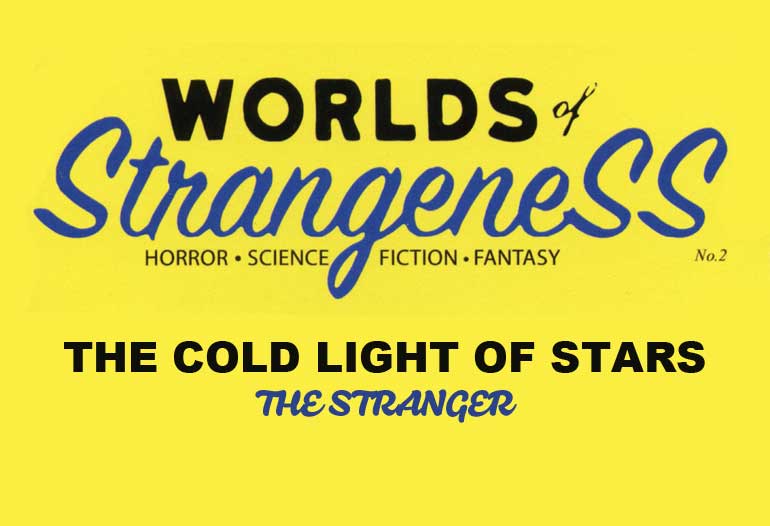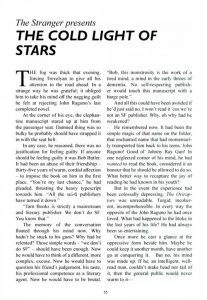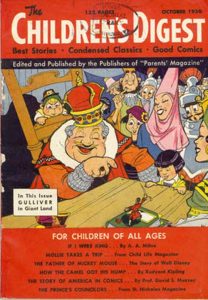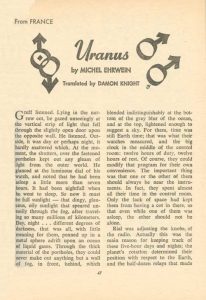 From International Science Fiction No. 1, from France, Damon Knight translates Michel Ehrwein’s story, “Uranus” from Fiction #88 (March 1961), which also happened to include Knight’s own “The Enemy” (“L’Ennemi” in French).
From International Science Fiction No. 1, from France, Damon Knight translates Michel Ehrwein’s story, “Uranus” from Fiction #88 (March 1961), which also happened to include Knight’s own “The Enemy” (“L’Ennemi” in French).
Michel Ehrwein (b. 1934) wrote numerous stories for the publications Satellite and Fiction from 1958 to 1964, and after reading “Uranus” I wish more of his work had been translated for digests across the pond. It’s a terrific story, told primarily in narrative, perhaps to grant readers some distance from its characters’ heart-breaking story.
A pair of deep space astronauts are orbiting Uranus from the safety of an hermetically sealed station. They lose themselves in their work and countless hours of tuning the radio for scraps of transmissions from other research stations around Saturn and Jupiter, Mars, and on occasion even Earth, Venus and Mercury.
Then came a long series of personal messages. Belzard wanted to hear from Fairbanks. Oths was trying to get in touch again with Mercanson, on Io. Su-Chang’s mother had just died. Weeks, taken ill, had had to be brought to Mars from Delmos on a special flight; then he had died on the trip.
The loneliness and isolation of the furthest outpost is made cold and clear. Then, catastrophe strikes.
The sun had entered a phase of intense activity. The Mercury observatory, which specialized in solar research, had tried to measure it, to encompass it in numbers. At the end of two days, their apparatus lost its usefulness. It was not calibrated high enough. Other observatories hastily took an interest
in the phenomenon, equipped themselves, installed new instruments. All the observatories led to the same conclusion: a gigantic solar flare, on a scale previously unknown, with monstrous prominences.
Radiation sweeps out across the system, devastating all civilization in its path. Rial and Greff hear the fall and wonder if its reach will extend nineteen times farther from the sun than Earth.
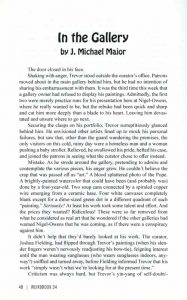 From Weirdbook No. 34:
From Weirdbook No. 34:



